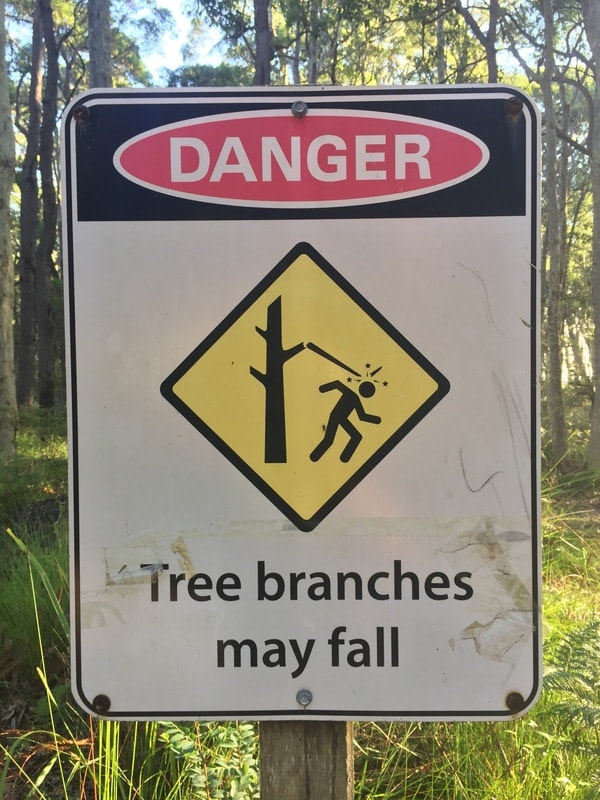|
This is something everyone seems to hate doing, which I understand, because it can be quite an involved and time consuming task. As a teacher, you're always under a lot of competing time pressures. Whilst effective risk management needs to be a culture within your organisation, for the moment I'm just going to focus on the paperwork.
There's also often confusion between the development of risk assessments and their practical application. Risk assessments and management systems (RAMS) are living documents, not something that you write just to make the principal happy and then file it away until something goes wrong, at which point everyone scrambles for the dusty document. RAMS embody what dangerous risks there are for an activity or location and how those risks are managed or mitigated to reduce or remove the dangerous elements of that risk. Consequently, when you put it into practice, they result in well-planned activities in which the participants come back essentially the same way they left, but having experienced something new, unique and awesome. There are three key areas of risk that you're always looking to effectively address: People Environmental Equipment As each of these elements can be extremely fluid and dynamic, generic risk assessments that are not tailored and considerate of the specific location, group involved, time of year, potential weather conditions, equipment being used and type of activity is a recipe for disaster. So don't do this. It's really bad practice and potentially exposes you and your organisation to a massive legal minefield. One time, I was auditing the risk management systems for a school and it quickly became apparent that all their risk assessments had simply been blindly copied and pasted from one activity to another with absolutely no regard for the content. I'd read only two paragraphs of the first document and it was obvious that the title and activity listed had absolutely nothing to do with what was written below. They were two completely different things. I had a whole pile of documents to work through. Each one had a different title and date at the top. Each one was signed and dated at the bottom, but the exact same risks were listed for hiking, as they were for canoeing, as they were for rugby, as they were for tennis, as they were for every sport and activity the school did. They not only didn't make any sense, they jumped around here, there and everywhere so much so that if they were subpoenaed by a court, the school would have been found completely negligent and laughed out the door. Not only had someone written a far too general and poor risk assessment to begin with, everyone else had just blindly copied and pasted it word for word. Nobody had checked it at all and some of them dated back over three years, which I suspect was the point of origin. Thankfully, most schools I've assessed haven't been like this, but it highlights the danger of the copy and paste approach to risk assessments. The reality is that if you sign off on that document, then you are responsible and potentially liable for what's in that document. This doesn't mean you need to start from scratch every time. What it does mean though is that you need to develop a specific risk assessment for each individual activity. There may be similar elements from one to another, but be careful that only the similar elements get written in and not just massive slabs of pointless nonsense, so you can make it look as if you've covered every risk possible in the world! Rather than trying to think of every risk and throwing it for the sake of it, ensure you cover the three key elements that relate to your specific activity: People Environment Equipment What are the potential risks and hazards that each of these elements bring to the activity? What strategies are you then going to use to reduce or remove these risks? Bush fires are for example, a considerable risk in the hotter months, so controls to consider and manage where to hike need to be in place. Controls over campfires need to be in there and active monitoring of information from the rural fire service is a must. In the colder months, bushfires aren't as much of a concern, whereas exposure of staff and students to cold is. Therefore, a compulsory piece of clothing would be thermals. As each risk is considered, you connect it with a way in which you're going to manage that risk. The more you write into the document however, doesn't always mean the safer your activity will be, because each risk and control must relate to the specific activity or location. The risk of drowning for example playing tennis would just be stupid and also render the document in the laughable and unreliable category (Yes, that was in one of the documents). At the end of the day a good risk assessment comes down to your ability to understand the activity you're running and the document you've written and how you and the other staff implement this when running the activity. It's this direct correlation between proactive planning and good practice that will make your risk assessments stand up against rigorous tests and challenges if they were ever called into question. Ultimately though, it's not about the paperwork itself. It's about helping you make every one of your activities safer and easier to manage.
0 Comments
Your comment will be posted after it is approved.
Leave a Reply. |
AuthorWrite something about yourself. No need to be fancy, just an overview. Archives
April 2021
Categories
All
|
Copyright Xcursion Pty Ltd 2015-2023


 RSS Feed
RSS Feed


